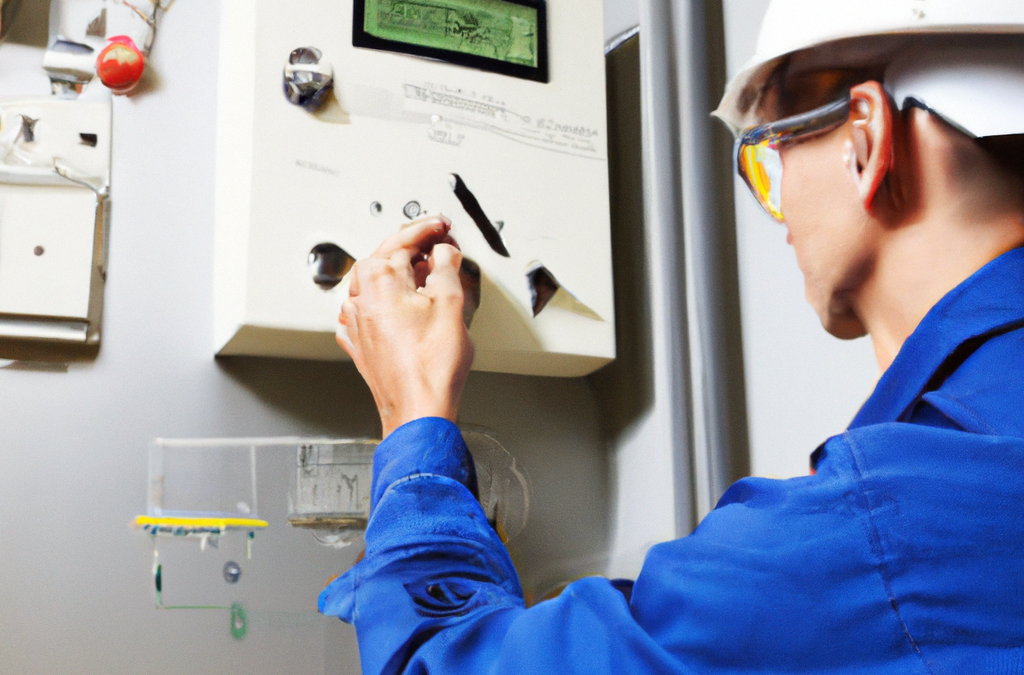Knowing the ins and outs of electrical safety is critical, especially when working in environments alongside electrical equipment. This is even more true when it comes to understanding an Arc Flash Study. This guide aims to simplify this essential concept, also known as an Arc Flash Risk Assessment.
From data collection about the power system to analysis, labeling, and training, each step of the Arc Flash Study is designed to formulate safety protocols and keep employees safe. This guide provides a step-by-step walkthrough of an Arc Flash Study and how it helps to create a safer working environment.
- What is an Arc Flash Study?
An Arc Flash Study, or Arc Flash Risk Assessment as it’s often called, is a crucial process that identifies the potential risks and hazards associated with an arc flash event. An arc flash event refers to an electrical explosion due to a fault condition, like a short circuit or ground fault. For those working alongside electrical systems, this information allows them to better understand the potential dangers they could face. Safety protocols can then be implemented to minimize the risks and keep workers safe.
- The Purpose of an Arc Flash Study
The primary objective of an Arc Flash Study is to ensure the safety of individuals working around electrical systems. It achieves this by calculating the incident energy – the energy that’s discharged during an arc flash event. This energy, if not properly managed, can lead to serious injuries or even fatalities. This is why understanding the risks associated with arc flash events is absolutely critical. By conducting an Arc Flash Study, we can develop appropriate safety measures and protocols that help protect employees from these potential hazards.
- Data Collection: The First Step
The Arc Flash Study kicks off with data collection. This step involves gathering comprehensive information about the facility’s power system. Details like the facility layout, equipment ratings, protective device settings, lengths, and cross-sectional areas of all cables are collected. This information forms the basis of the Arc Flash Study and influences the accuracy of the results.
- Analysis: Turning Data into Insight
Engineers carry out complex calculations using this information once the data is collected. These calculations determine the Incident Energy at various working distances, the Arc Flash Boundary, and the Personal Protective Equipment (PPE) required for each piece of equipment. Incident Energy refers to the intensity of energy at a particular location during an arc flash event, while the Arc Flash Boundary is the distance at which a person is at risk during an arc flash.
- Labeling: A Warning System
Based on the analysis, labels are created to warn of the specific arc flash hazard at each piece of equipment. These labels are vital in informing workers about the potential danger associated with each piece of equipment. They must comply with the standards set by the National Fire Protection Association (NFPA 70E), which is a recognized authority in electrical safety standards.
- Training and Preventive Measures: Mitigating Risk
The results of an Arc Flash Study are used to educate personnel on safety practices, select appropriate personal protective equipment, and potentially modify the electrical system or work procedures to reduce hazards. This approach aims to get ahead of harm by addressing potential risks. By implementing these measures, the risk associated with arc flash events can be significantly reduced, leading to a safer working environment.
Conclusion: Arc Flash Studies Offers Lifesaving Prevention
An Arc Flash Study is a critical process that protects workers from electrical hazards by identifying potential risks. In this comprehensive guide, we have covered how these studies impact everything from data collection to analysis, labeling, and training. It’s clear that understanding and implementing the results of an Arc Flash Study can significantly reduce the risks associated with Arc Flash events. This approach not only ensures individual safety but also contributes to a safer working environment. Remember, when it comes to electrical safety, knowledge and preparedness are key – an Arc Flash Study is a critical tool in achieving this goal.
